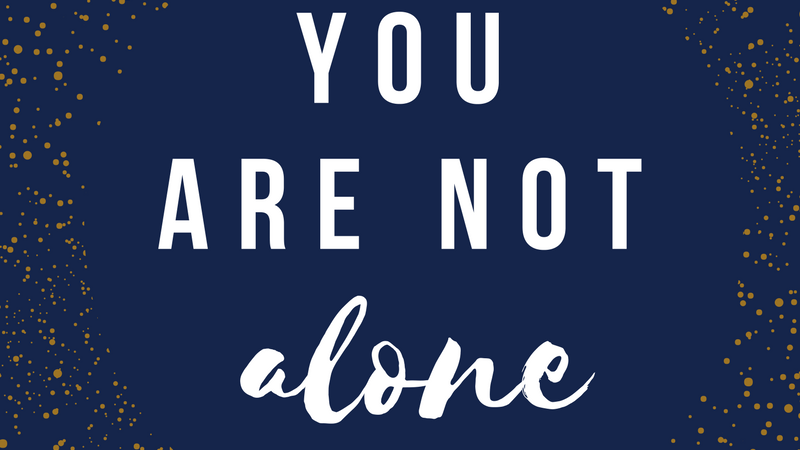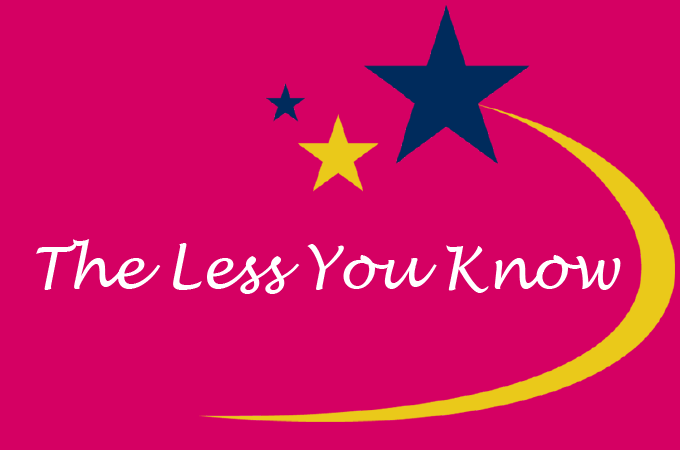
Hearts & Minds
I was reading through recent Baltimore Sun articles today, researching a pitch to a local foundation for a policy paper. I came across this article about the Baltimore City Council’s recent passage of a bill banning Styrofoam containers in restaurants. The same bill failed in 2013 when City Council President Jack Young and other council members withdrew their support under pressure from local businesses who expressed concern over the switch to higher priced packaging. About his changed position in 2018, the Sun article quotes Young as saying:
“A lot of business contacted me and they wanted to know ‘What changed?,’ I told them, ‘The kids.’ How can you tell kids no?”
As it turns out, the secret weapon in the rebooted 2018 advocacy efforts was well-researched Baltimore City Public Schools students. As young as fourth grade, the students were “really educated and knew exactly what they wanted to say,” according to Young. They convinced him that the interests of Baltimore City families were at least as important as those of local businesses.
The kids. Of course. How can you tell the kids no?
I went to the March for Our Lives in Washington, D.C. last weekend. Anyone who was there will tell you it was less of a “march” and more of a “stand-in-awe-for-three-hours-while-high-school-students-do-what-adults-never-could.” Like millions of other people worldwide, I was incredibly moved and inspired by the experience. I have the great fortune of drawing from many life experiences to know that young people are AMAZING. All of them. But even I was struck by the sheer number and force of powerful messengers, messages and change makers. People who have been through unspeakable tragedy, speaking. Not just for themselves, but for others.
I was also struck by the less powerful messengers and messages. At one point on our walk to the march, a woman approached me with a handout. She said, “You need to know if your representatives are taking money from the NRA.” I politely declined as I walked away, remarking to my fiancé, “Isn’t she kind of preaching to the choir?” I thought she probably wasn’t going to change a whole lot of minds at the march.
Similarly, a block away, we ran right into a man with a megaphone and a big banner, explaining that we could never expect a country that was okay with aborting hundreds of thousands of fetuses per year to care about 17 dead students and teachers. My response to his tactics was similar, “Does he really think he’s going to change anyone’s mind that way?”
The fact is, I think about what moves people to action, awareness and new attitudes (and what doesn’t) virtually all the time. I worry about “preaching to the choir” too much. I stress about finding common ground with those in my life who have dissimilar views. It should come as no surprise then that a brainstorming exercise I did over my morning tea on Monday resulted in a flood of ideas and a flurry of topical research related to how and why people change their minds.
First I came across the generational replacement theory, which applies to the Parkland students. They were all born just after 9/11. They have never known a world without war and mass school shootings. Their young adult lives are defined by 24/7 news cycles and access to information on inequities and social justice movements across the country and around the world. So, their views on gun control are largely a product of the environment in which they’ve lived. While it may feel like a sea change, it’s really just a new generation. The same can be said for gay marriage. The seemingly swift change in public opinion on the issue is really the result of the gradual normalization of homosexuality across multiple generations. As more people came out about their sexuality, it became more common to know someone who was gay, and more common to believe gay people should have equal rights to marry.
Then there are the brain theories (my term), used widely in business to sell products and generate brand loyalty and in politics to sway or confirm your vote. Ever heard of Cambridge Analytica? Yeah, that. Companies apply neuroscience and psychology to tap into our emotions or appeal to our intellect, using imagery, messages and messengers specifically designed for their target audience and intended outcome. Companies use our technology and data to mold our highly plastic brains into behaving a certain way or believing one thing or another. There are graduate programs across the country in academic disciplines like Media Psychology, Communications Psychology and Political Communication. Millions of dollars are spent every year to research voter and consumer behavior to sharpen these tactics. Have they actually influenced elections? It’s hard to say, but I don’t think this story is going away anytime soon.
Finally, I came across what I’ll call “relationship” theories of changing minds. These are the unlikely ally stories. There’s the story of Daryl Davis, the black country musician who spent years befriending members of the Ku Klux Klan. By simply showing up and being himself, he changed the mind of one of the most powerful white supremacists on earth. I highly recommend reading this Atlantic article, The Audacity of Talking About Race with the Ku Klux Klan. In the article, Davis is quoted as saying:
“The most important thing I learned is that when you are actively learning about someone else you are passively teaching them about yourself. So if you have an adversary with an opposing point of view, give that person a platform. Allow them to air that point of view, regardless of how extreme it may be. And believe me, I’ve heard things so extreme at these rallies they’ll cut you to the bone…
You challenge them. But you don’t challenge them rudely or violently. You do it politely and intelligently. And when you do things that way chances are they will reciprocate and give you a platform. So he and I would sit down and listen to one another over a period of time. And the cement that held his ideas together began to get cracks in it. And then it began to crumble. And then it fell apart.”
As Davis’s story suggests, I believe most of the problems we face in this world have to do with a lack of understanding one another, which primarily comes from lack of opportunity to know one another. I’ve come to realize that my primary goal in life and work is to create understanding. To use stories about what makes us similar to generate more love, kindness and equity in the world. To create experiences and media that open people’s minds and hearts to other people, places and perspectives.
I’ve been thinking a lot about what I want to do with this blog. When I think about the bloggers I admire the most, I see a few common characteristics:
- They offer valuable, unique content. They aren’t self-promoters offering an endless highlight reel of their accomplishments.
- They are experts in something. They really know what they’re talking about.
- They create a community by bringing in other expert voices and diverse perspectives.
- They are real and human. They share personal stories and reflections and are vulnerable about their own challenges and doubts.
With these characteristics in mind, I’ve decided to try to make this blog a place to share stories and ideas about changing hearts and minds. We’ll look at it from all the perspectives: what does research tell us about how opinions are shaped? What can we learn from case studies of changing (or intractable) public opinion on issues? What role is technology playing in changing hearts and minds? What role are individuals playing? And, importantly, why does it matter?
So, I hope in the coming weeks to begin featuring stories and unique perspectives on this cause. I have a list of people I know to get me started, but I would LOVE to hear nominations from YOU. So, send me an email if you think you or someone you know has a story to tell about changing hearts and minds. I can’t wait to get started.



